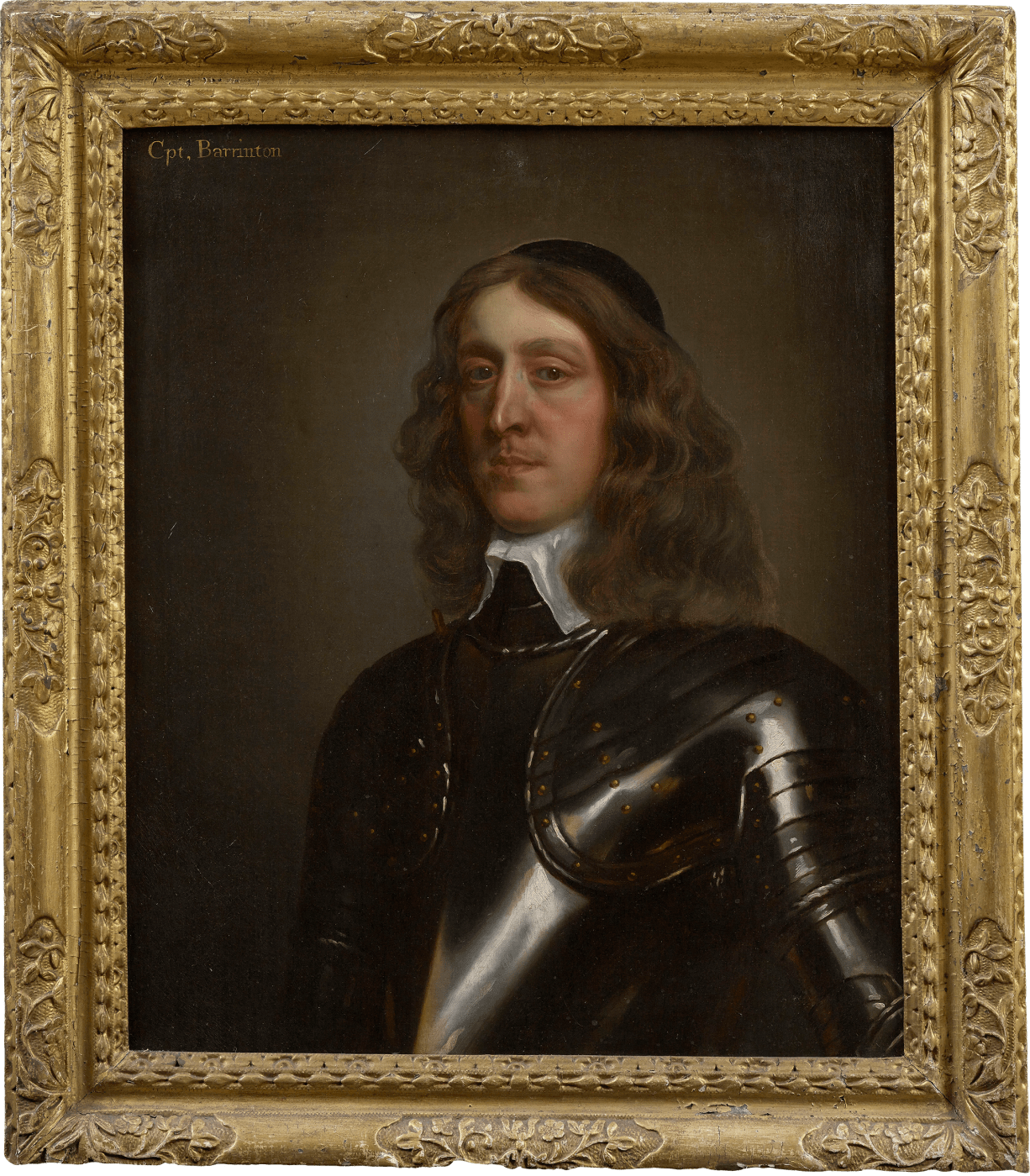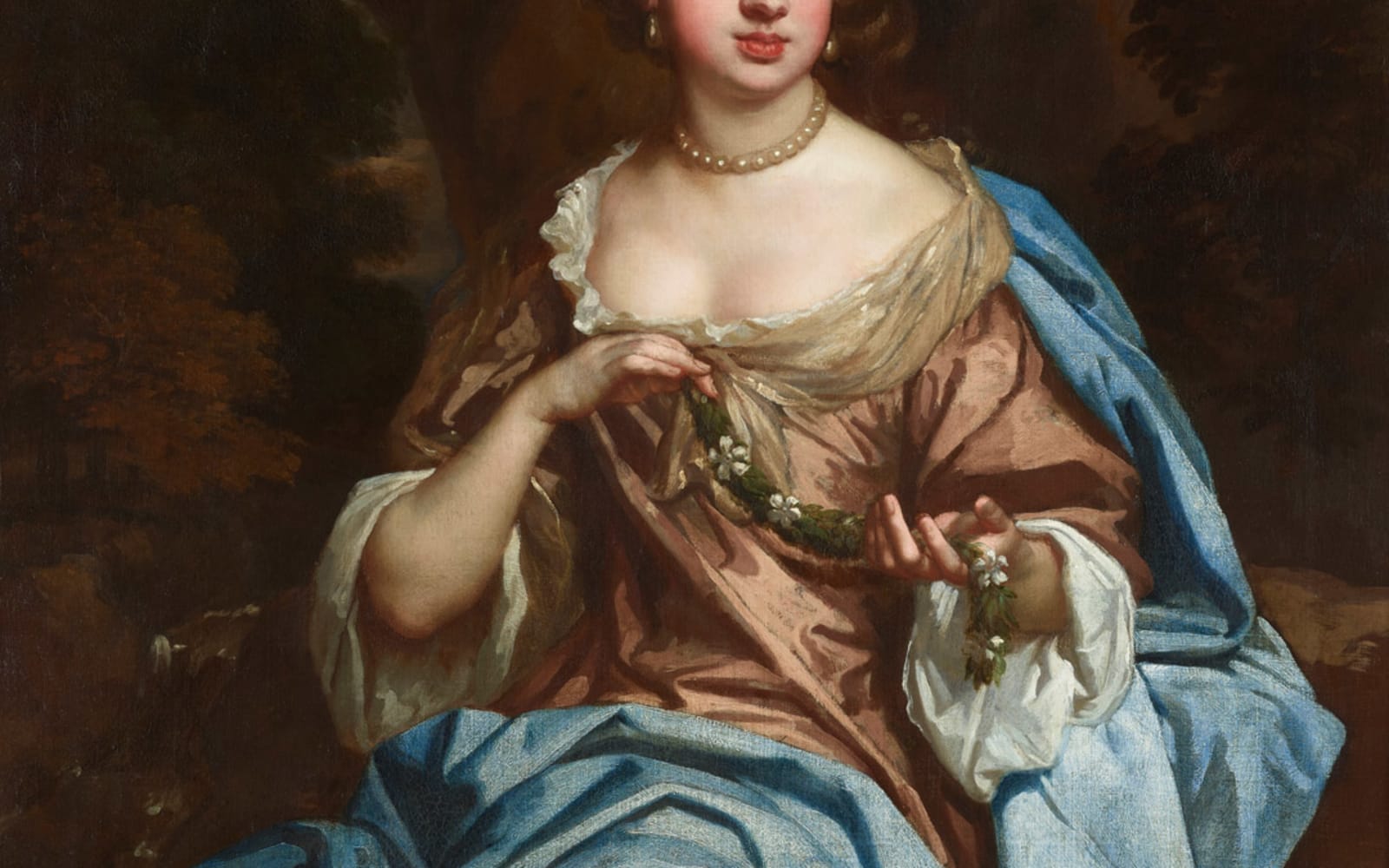Artist in Focus | June
Sir Peter Lely
Sir Peter Lely was the most successful court painter in England in the second half of the seventeenth century and his portraits have come to define an era associated with indulgence and pleasure under the rule of the 'Merry Monarch' King Charles II.
Lely (originally Pieter van der Faes) was born in Soest, Westphalia, Germany. His father, Johan van der Faes, was stationed as an infantry Captain in the Dutch army and his mother, Abigail van Vliet, was from a wealthy family based in Utrecht. His family owned a number of properties; one of which, In de Leyle, was decorated with the carving of a lily and is said to be the origin of Lely's pseudonym. Having attended The Guild of St Luke, as the pupil of Frans Pietersz de Grebber, Lely gained a reputation as a remarkably adept figure painter and portraitist.
Although the exact date Lely travelled to England is unclear, it is generally accepted that he had settled in London by c. 1643, during the English Civil War, two years after the death of the portraitist Sir Anthony van Dyck. Despite sharing the stage with many accomplished painters, his technique and considerable personal charm guaranteed him the most prestigious patronage. Almost all of consequence in his age sat to him, and it is in his portraits that we form our conception of the cautious solemnity of the 1650s and the scandalous excesses of the years following the Restoration of Charles II.
The demand for Lely’s portraits grew so rapidly that by the late 1650s he was struggling to keep up with demand and needed to find a more efficient way of fulfilling his innumerable commissions which flowed into his studio following the Restoration in 1660. In response to this influx in patronage led by the King himself, Lely adjusted his working methods, applying the paint more thinly at greater speed and masterfully incorporating the ground layer into the composition. He also relied more heavily on studio assistants to help with the repetition of portraits and the painting of more basic elements such as draperies and backgrounds. Despite this busy environment, Lely was highly secretive when it came to his working methods and he rarely allowed assistants to watch him, making exceptions only on very rare occasions for friends such as artist Mary Beale.
Lely remained the dominant portrait painter throughout the reign of Charles II and painted nearly everyone of note. He is perhaps best known for his fanciful portraits of society women who are often shown seated in atmospheric landscape settings adorned in swathes of fabric and pearls. His sometimes painted the same sitter on more than one occasion and thus left in his wake a rich iconographical record of some of the most interesting and historically important figures of his day.
As well as a successful painter, Lely was also one of the first artists in Britain to collect art; he possessed an impressive collection of Old Masters, ranging from Titian to Veronese. He owned twenty-two portraits by Van Dyck, some of which are alleged to have been bought by Lely through Van Dyck’s widow.
Lely died in 1680, at his house in Covent Garden, London. The legacy of his character and talent, lives on today and paintings by Lely can be found throughout museums, galleries and private collections globally, including Tate, the National Portrait Gallery, the Metropolitan Museum of Art, and many more.





